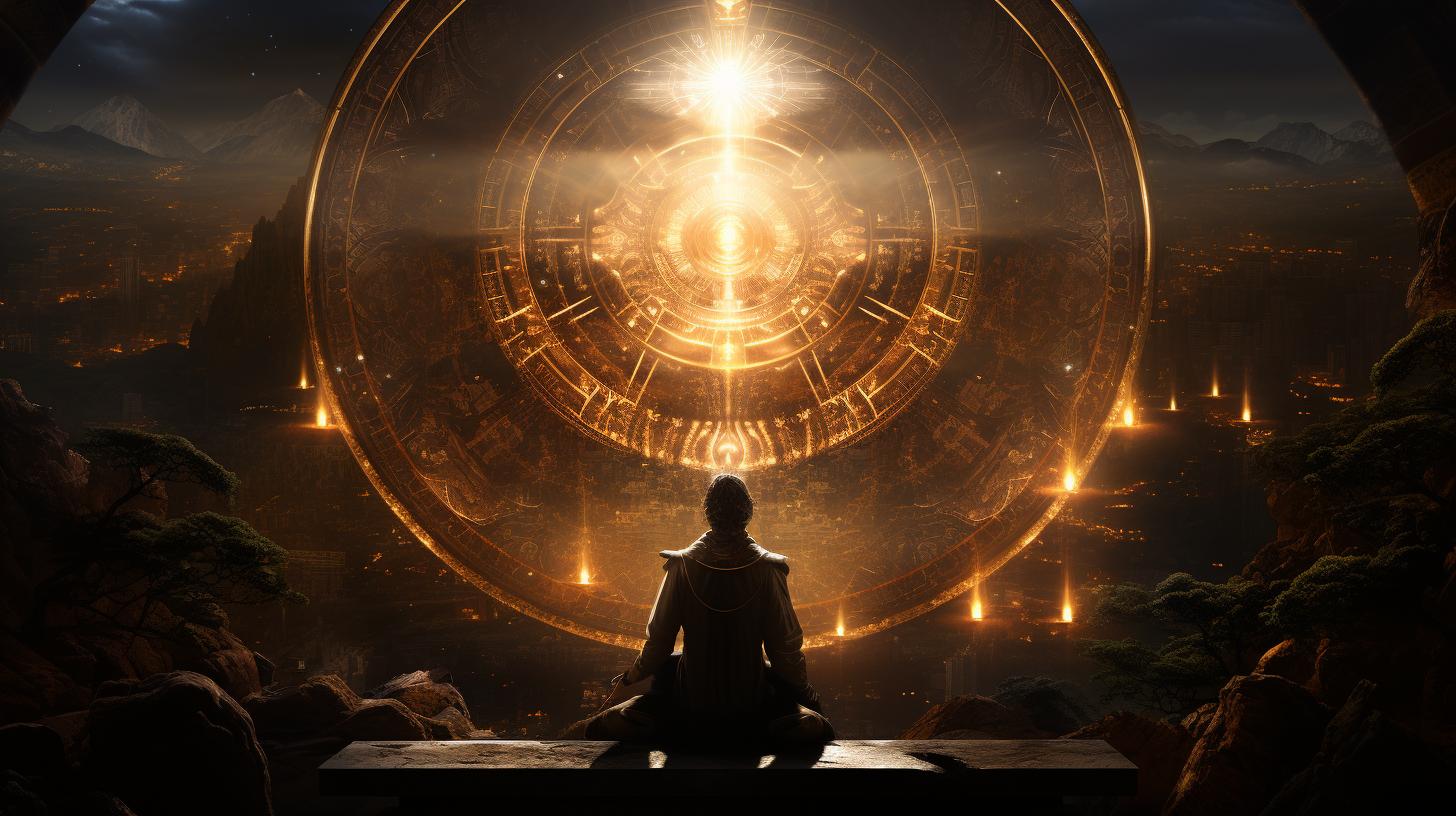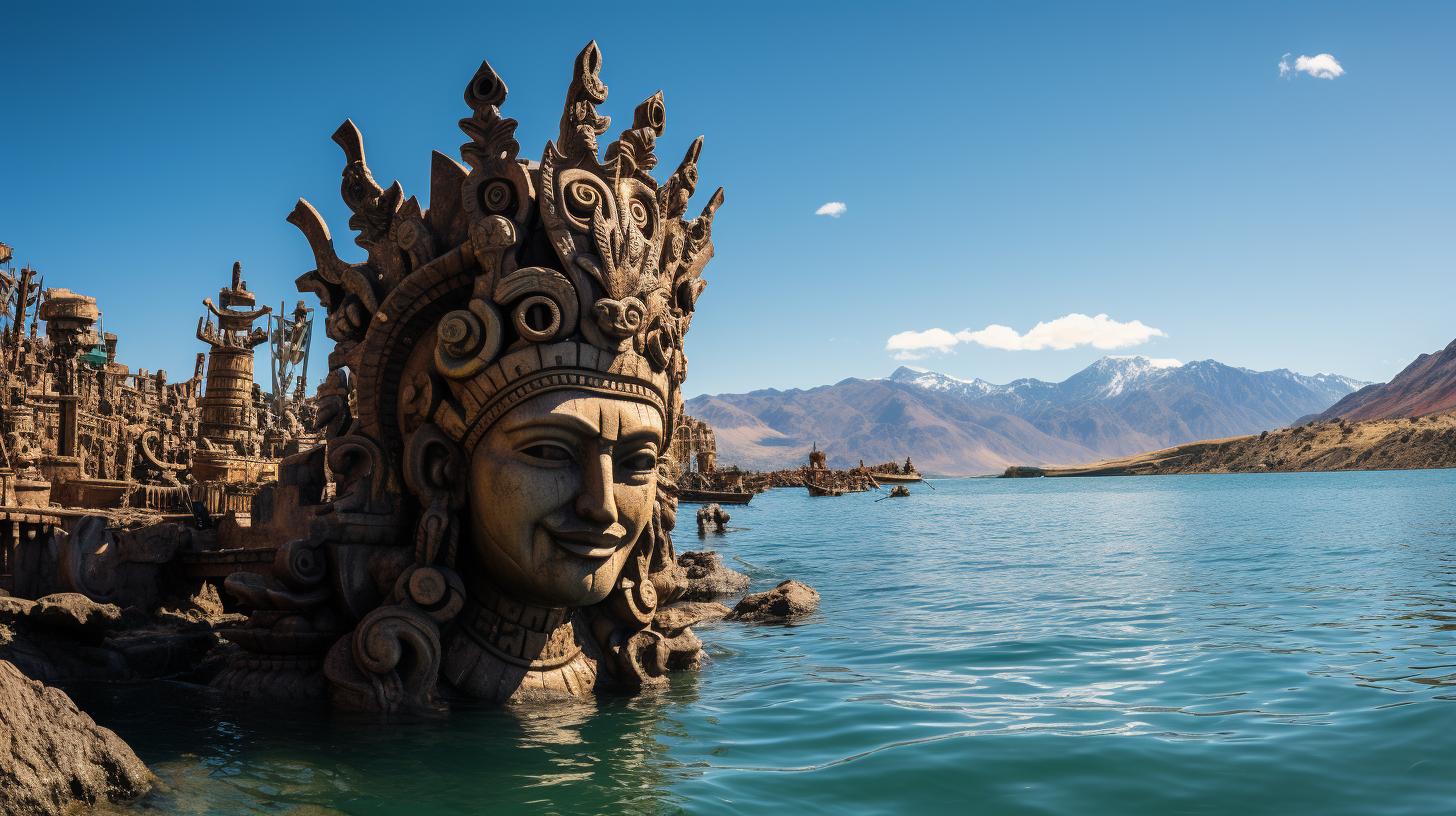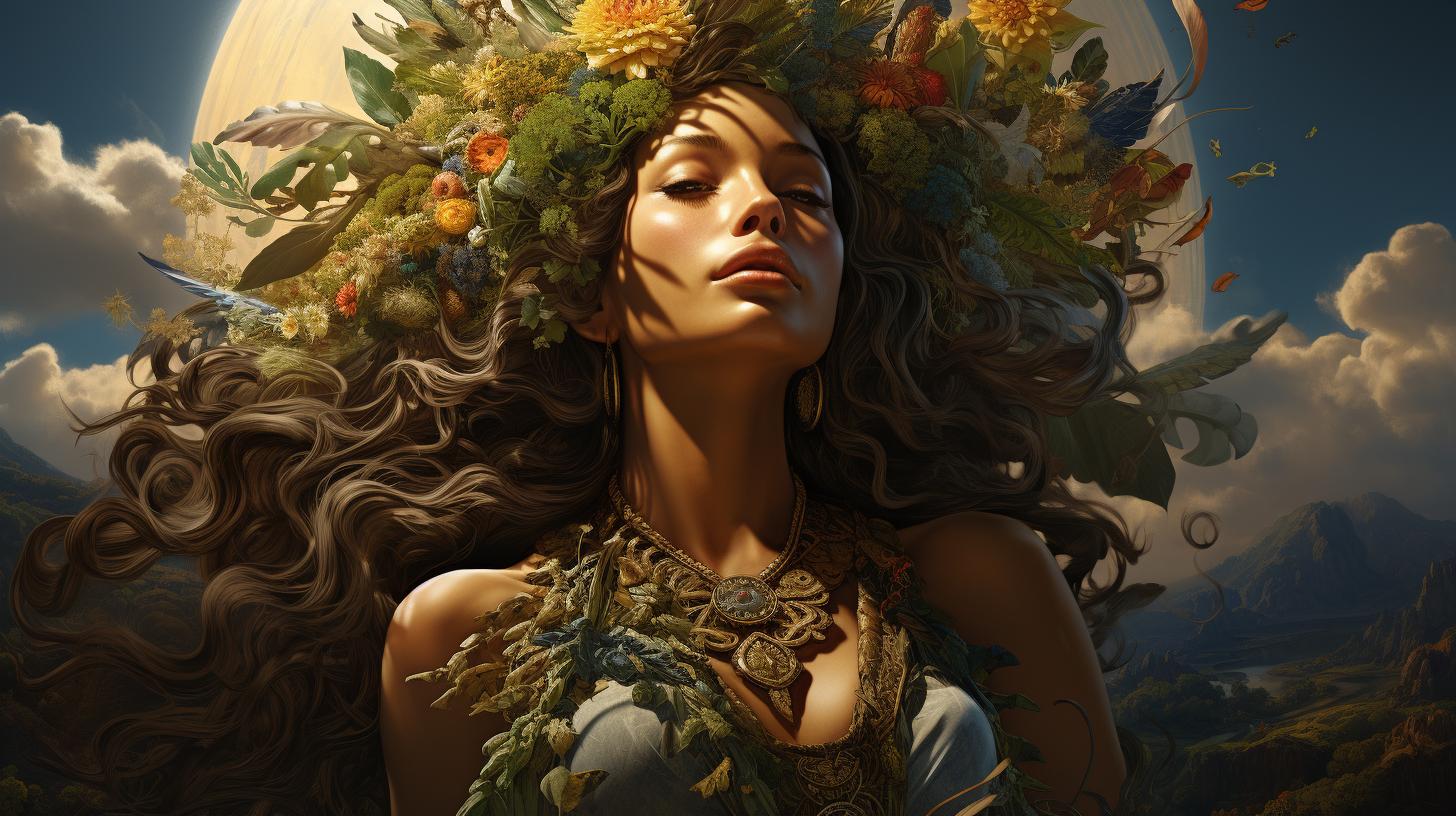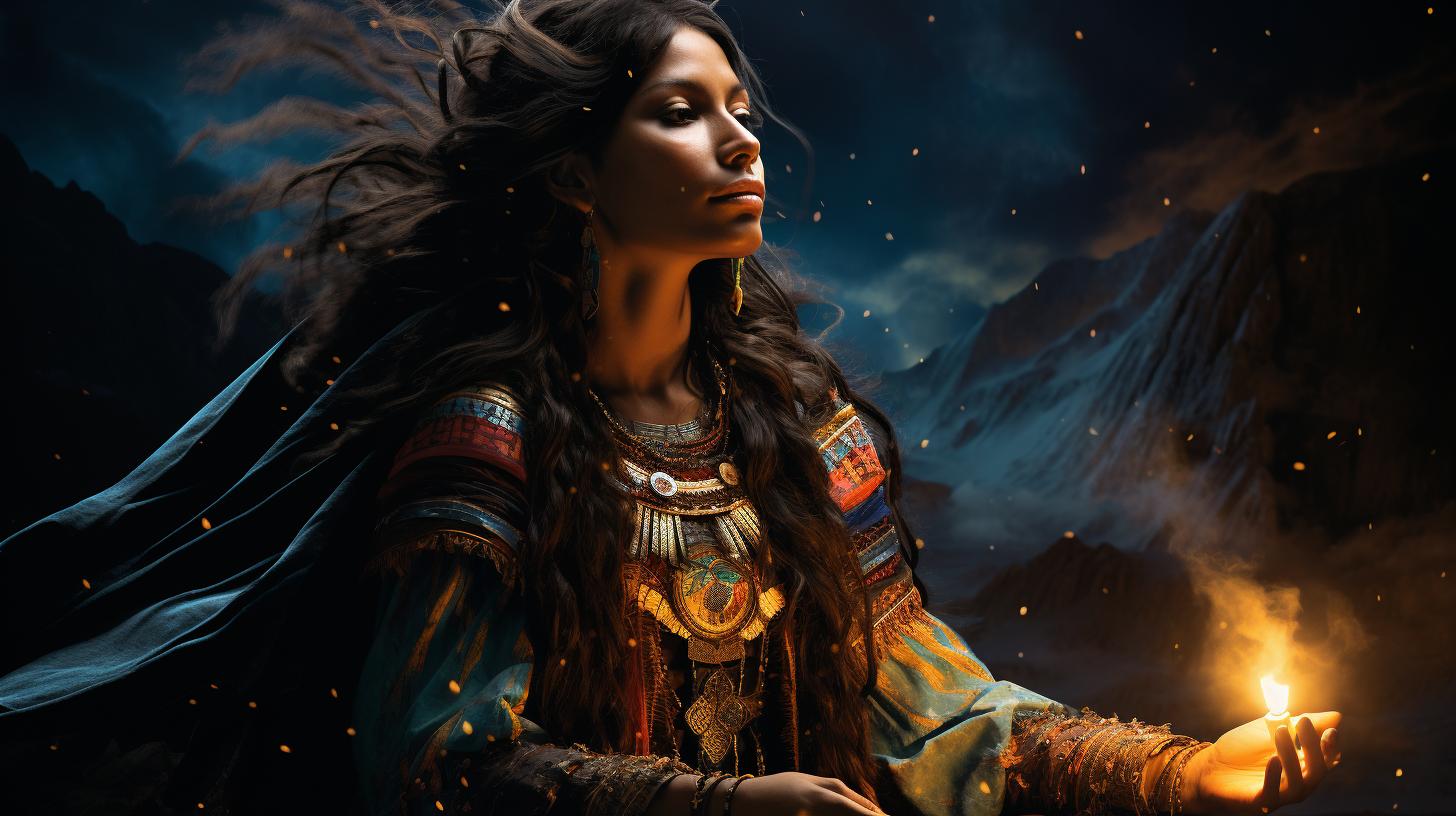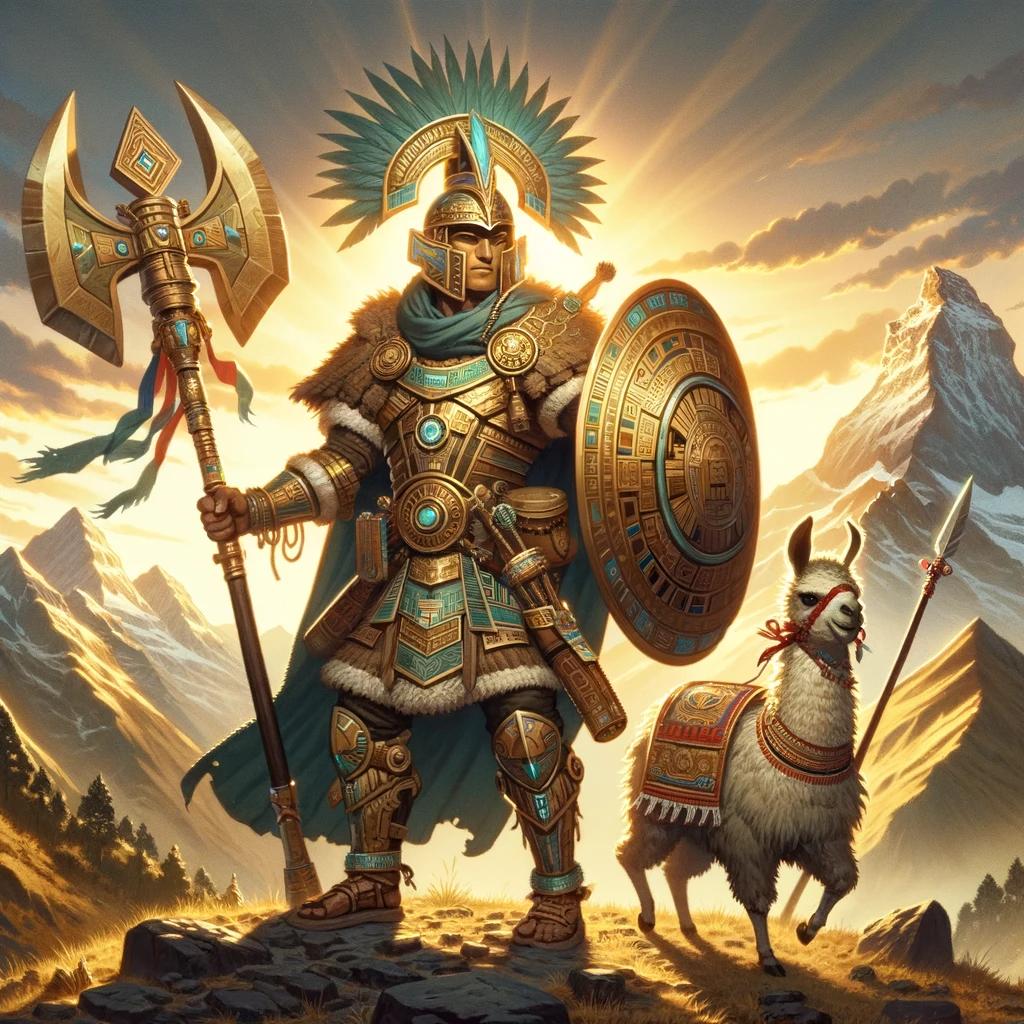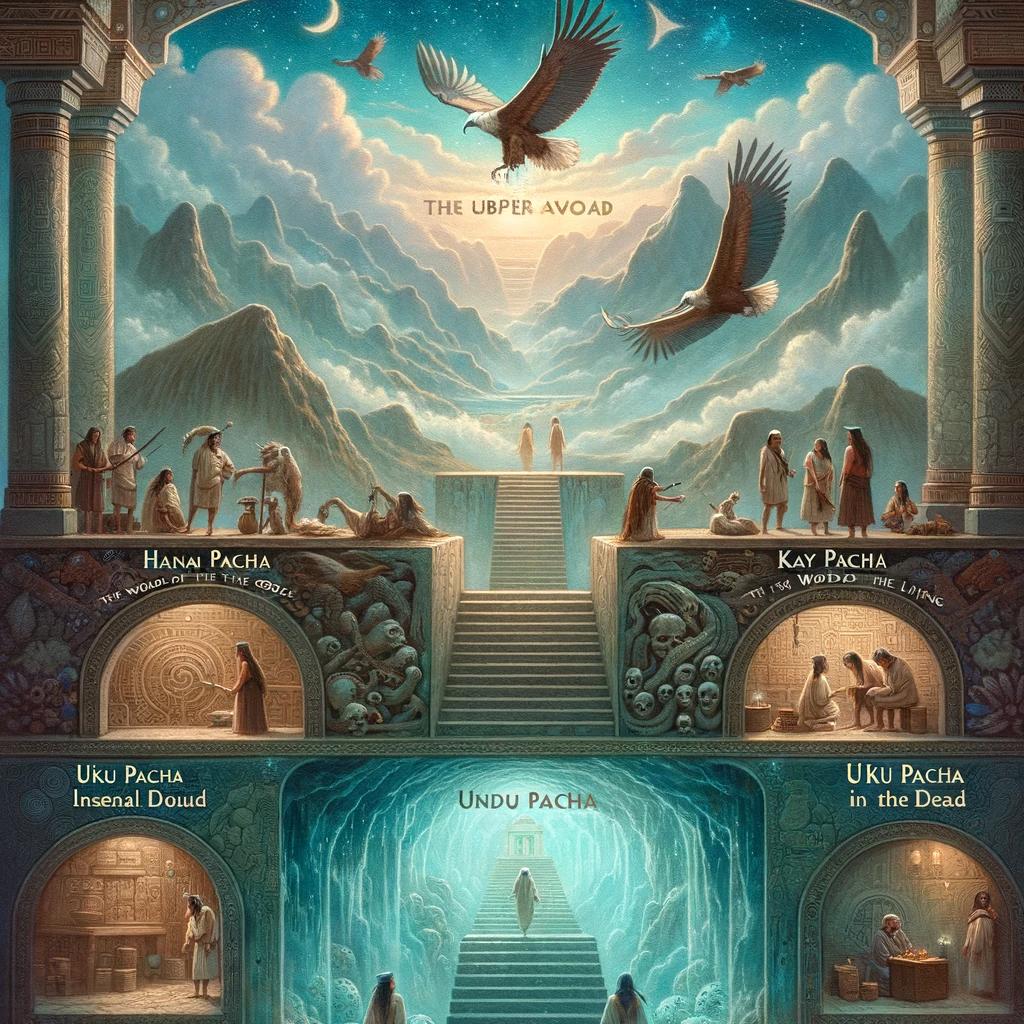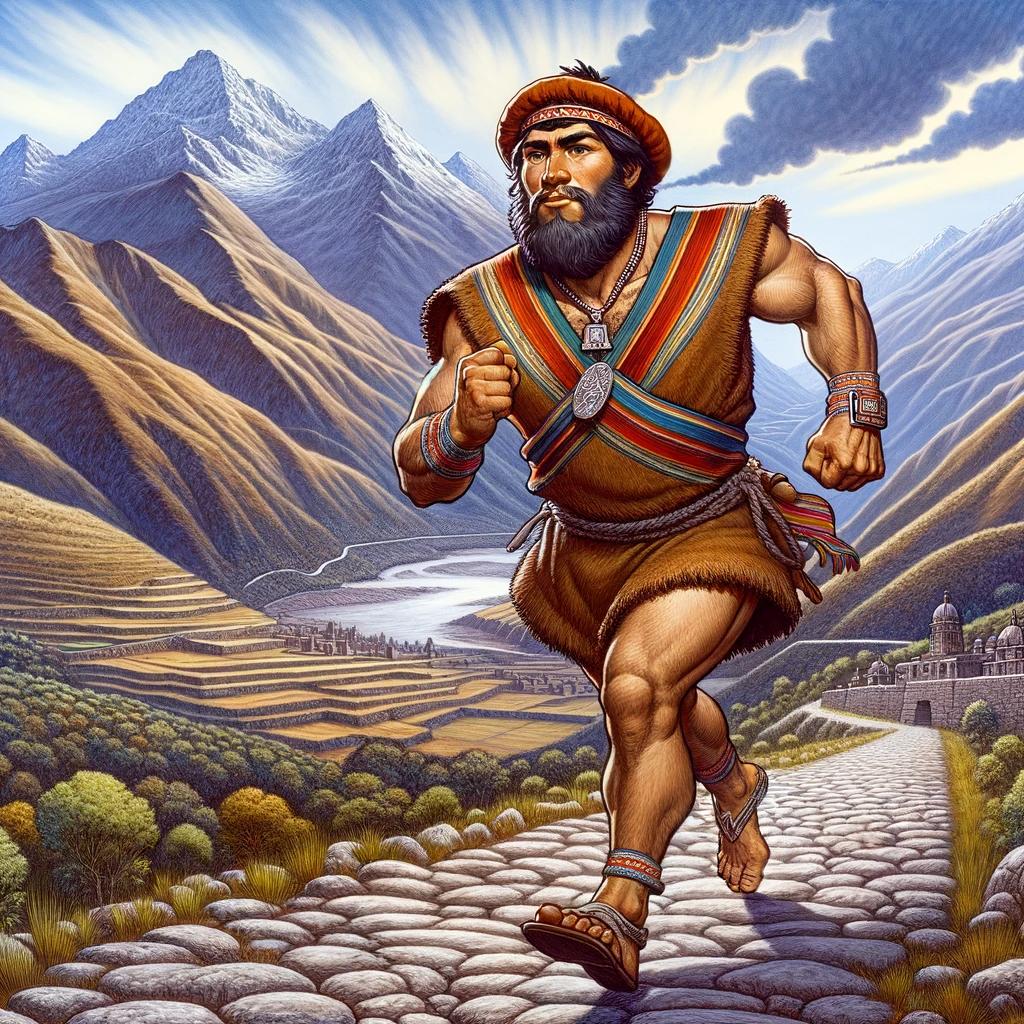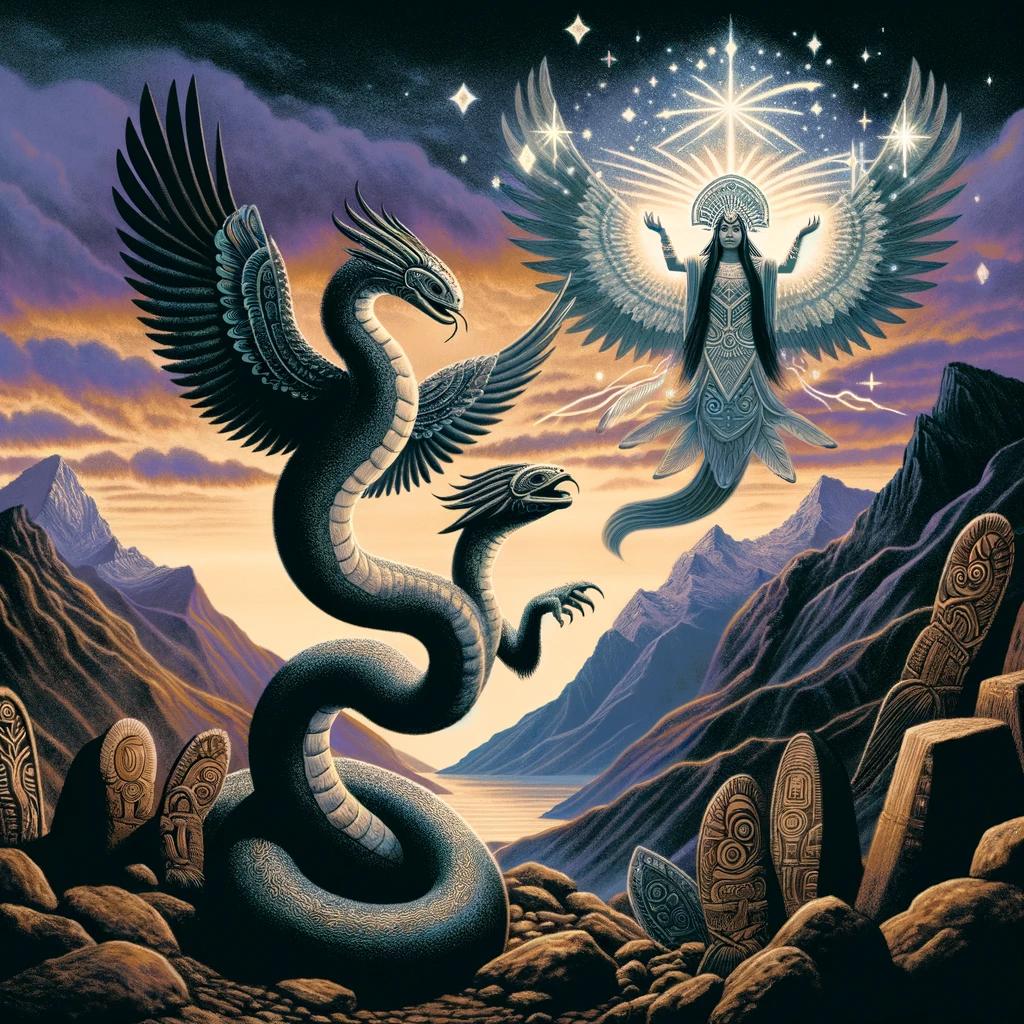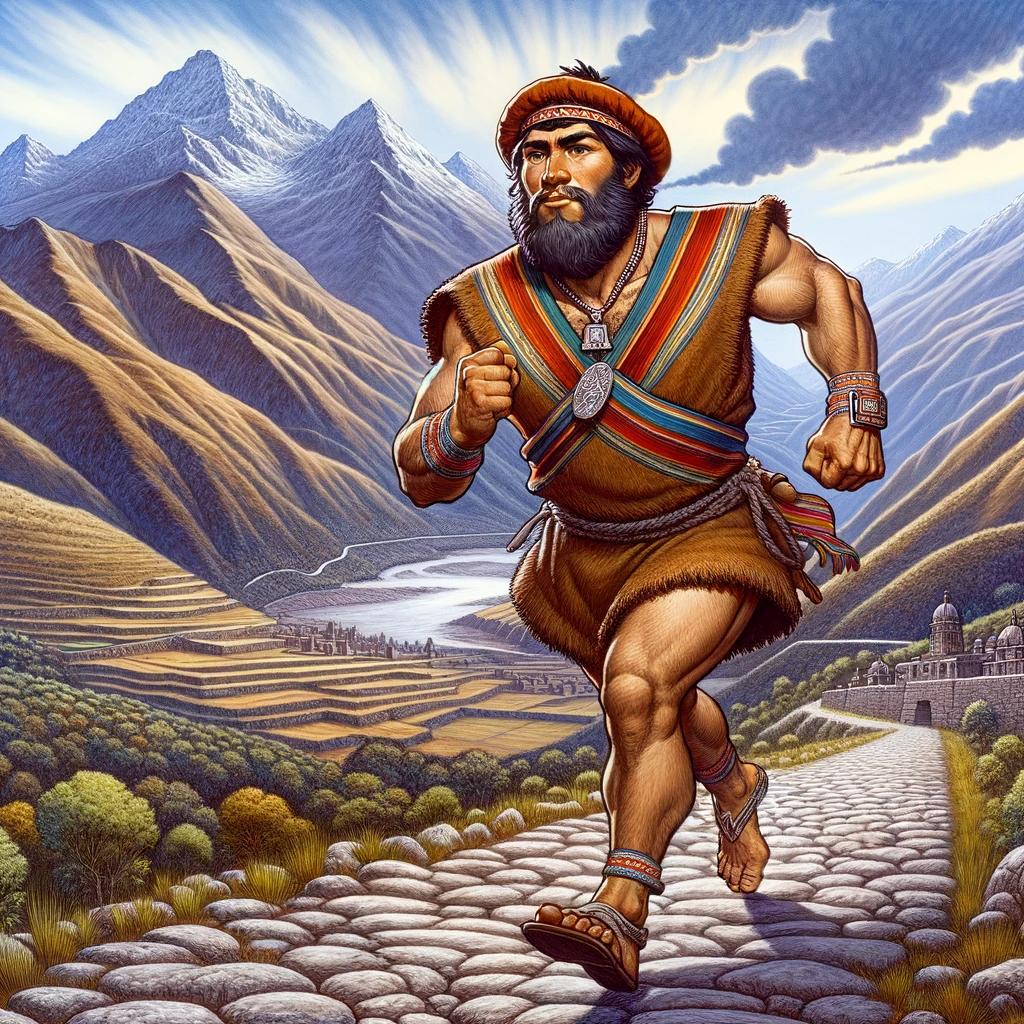Inti Inca Sun God: Exploring the Ancient Peruvian Deity
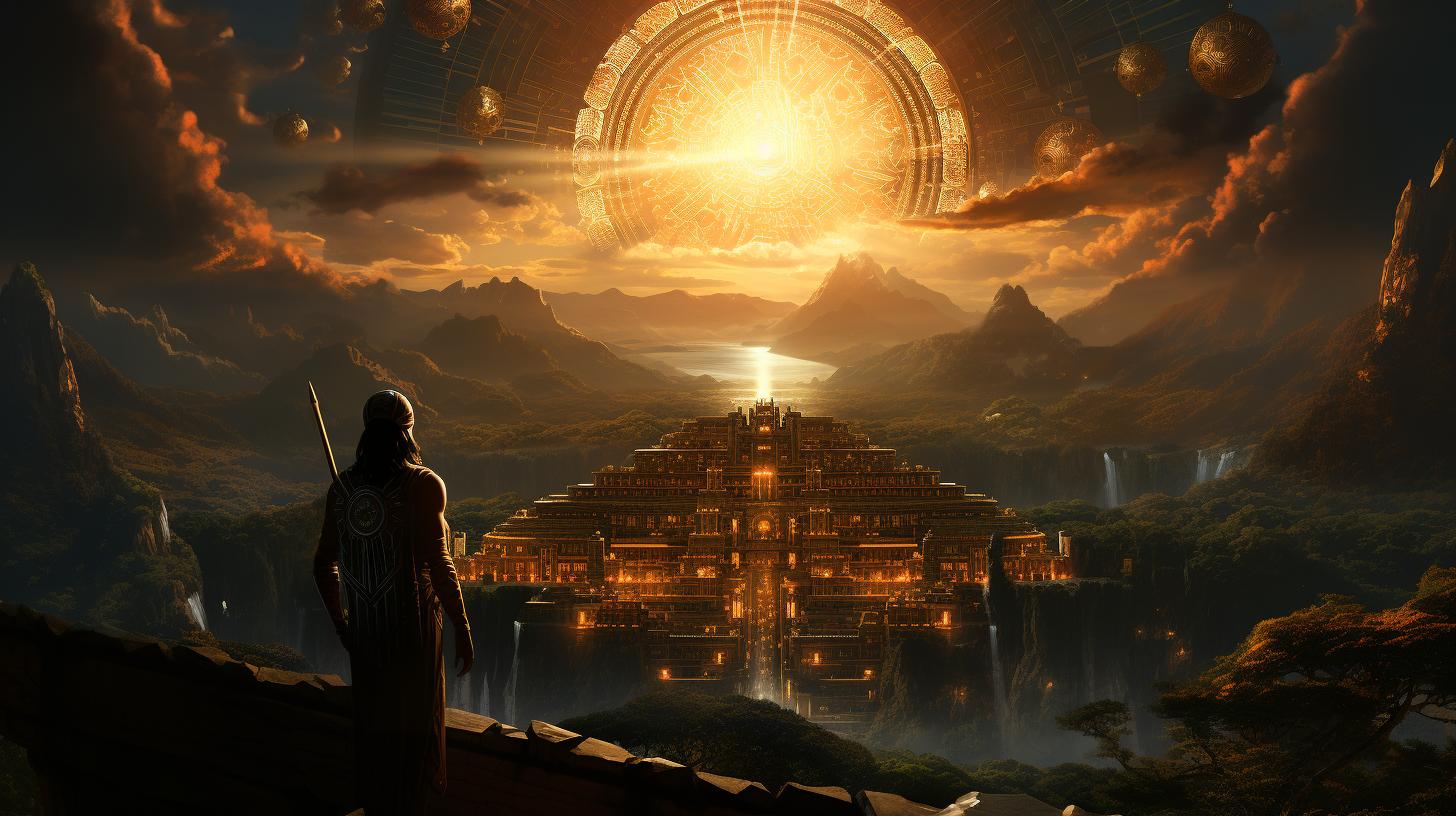
Inti, the ancient Inca sun god, holds great significance in Inca culture and religion. As a revered deity, Inti is believed to have been born from Viracocha, the god of creation, and is considered the patron of the Inca Empire.
Inti’s influence extends to various aspects of Inca society, including the foundation of the capital city Cusco and the teachings of civilization to the empire’s founder, Manco Capac. Festivals and ceremonies dedicated to Inti were vital for ensuring the well-being of the Inca ruler and the agricultural prosperity of the empire.
Inti’s representation as a golden disc with a human face can be found in sacred sites throughout the empire. Today, Inti’s legacy continues to resonate in modern-day Peru’s cultural traditions and historical sites.
Inca Sun Worship: Exploring the Ancient Deity
Inti, the Inca sun god, holds immense importance in the religious practices and beliefs of the ancient Inca civilization. This section delves into various aspects of Inca sun worship, shedding light on the significance of Inti, his role in Inca religion and customs, his relationship with Viracocha and Mama Quilla, and the creation myth surrounding him.
The Importance of Inti, the Inca Sun God
Inti commands a prominent place in Inca society as the revered sun god. His influence extends to various aspects of daily life, including agriculture, spirituality, and societal structures. Understanding the importance of Inti is key to comprehending the rich tapestry of Inca culture and religion.
Inti’s Role in Inca Religion and Customs
Inti’s role as a central deity in Inca religion is integral to understanding the spiritual practices of the Inca civilization. His worship was deeply ingrained in the lives of the Inca people, and rituals and ceremonies were performed to honor him and seek his blessings for a bountiful harvest, prosperity, and well-being.
Inti’s Relationship with Viracocha and Mama Quilla
Inti’s connection with Viracocha, the god of creation, and Mama Quilla, the goddess of the moon, adds depth to his divine lineage. Exploring these relationships offers insights into the intricate web of Inca mythology and how it shaped their beliefs and worldview.
The Creation Myth: Conflict Between Viracocha and Inti
According to Inca mythology, a conflict arose between Viracocha and Inti regarding the creation of the sun and its worship as a separate entity. This creation myth helps explain the origins of Inti and the dynamics between the deities in Inca cosmology.
Inti: Patron Deity of the Inca Empire
Inti, revered as the patron deity of the Inca Empire, played a crucial role in Inca statehood and religion. This section explores Inti’s significance as the divine protector of the empire and examines the legends associated with his offspring, Manco Capac and Mama Ocllo.
We will also delve into Inti’s teachings and their impact on the development of Inca civilization.
Inti as the Patron of the Inca State
Inti held a central position in Inca society as the patron deity of the empire. Considered the highest god by the Incas, Inti symbolized the life-giving force of the sun and was revered as the source of light, warmth, and sustenance.
The ruler of the Inca state was believed to be the living representative of Inti, acting as an intermediary between the divine and the people.
Inti’s Offspring: Manco Capac and Mama Ocllo
According to Inca mythology, Inti fathered Manco Capac and Mama Ocllo, the legendary ancestors of the Inca dynasty.
Inti taught them the arts of civilization, including agriculture, architecture, and social order. With Inti’s guidance, Manco Capac and Mama Ocllo founded the city of Cusco, which would become the capital of the Inca Empire.
Inti’s Teachings and the Arts of Civilization
Inti’s teachings encompassed various aspects of Inca civilization, laying the foundation for the empire’s development and prosperity. Through the wisdom imparted by Inti, the Incas mastered advanced agricultural techniques, harnessing the power of the sun to cultivate fertile lands.
They constructed remarkable architectural marvels, such as the renowned Machu Picchu, showcasing their engineering skills and reverence for Inti’s divine presence.
Inti’s influence extended beyond practical knowledge. The Inca understanding of social order and moral values was deeply intertwined with Inti’s teachings.
The sun god’s divine guidance shaped the Incas’ ethical principles, emphasizing honesty, fairness, and communal harmony.
- Advanced agricultural techniques
- Architectural marvels like Machu Picchu
- Principles of social order and moral values
The arts of civilization, bestowed upon the Incas by Inti, played an instrumental role in shaping their empire’s identity and cultural legacy.
As we delve further into the worship and rituals dedicated to Inti, we begin to grasp the profound impact this sun deity had on Inca society and the intricate nuances of their belief system.
The Worship of Inti: Ceremonies and Festivals
The worship of Inti, the Inca sun god, was a central aspect of Inca culture, with elaborate ceremonies and festivals dedicated to honoring his power and benevolence. These events played a significant role in ensuring the well-being of the Inca ruler and the prosperity of the empire.
Inti Raymi: The Grand Festival of the Sun God
Inti Raymi stands as the most celebrated festival dedicated to Inti. Held annually on June 24th, it marks the beginning of a new agricultural season and lasts for several days.
The festival was characterized by fasting, extravagant feasts, and solemn rituals. Captains, officials, and subjects gathered to pay homage to Inti, donning their finest attire and showcasing their best weapons and instruments.
Rituals and Offerings to Ensure Inca’s Well-being
To ensure the well-being of the Inca ruler, various rituals and offerings were performed during the worship of Inti. These included the presentation of livestock, produce, and other precious items as gifts to the sun god.
The ceremonies were meticulously carried out by both male and female priests in the Sun Temples, weaving special fabrics and brewing chicha, a traditional corn-based beverage, for the festivities and sacrificial rituals dedicated to Inti.
Sun Temples and Inca Capital Cusco
The Inca worshipping of Inti took place primarily in Sun Temples, dedicated spaces where both public and private ceremonies were held. Cusco, the capital of the Inca Empire, held great significance in this regard as it encompassed several grand Sun Temples.
These temples, managed by priests and priestesses, were adorned with golden discs representing Inti and served as sacred sites for the Inca’s spiritual connection with the sun god.
Representations and Symbols of Inti
The worship of Inti, the Inca sun god, is accompanied by distinctive representations and symbols that hold deep significance in Inca culture and religion.
The Iconography of Inti: A Golden Disc with Human Face
Inti is depicted as a golden disc with radiant rays and a human face, symbolizing the power and warmth of the sun. This iconic representation signifies Inti’s connection to life, light, and fertility in the Inca worldview.
Inti’s Discs and Sacred Shrines across the Inca Empire
Throughout the Inca Empire, numerous golden discs dedicated to Inti were revered as sacred objects. These discs were found in Cusco, the capital of the empire, as well as in various temples and shrines scattered across Inca territories.
These sacred shrines served as focal points for worship and offerings to Inti, providing spaces for ceremonial rituals and gatherings. The presence of Inti’s discs in these sacred sites signified the belief in the god’s omnipresence and his role as a source of divine power.
Inti’s discs were not just symbols of religious devotion but also had political implications. The abundance of these golden discs in Cusco and throughout the empire demonstrated the rulers’ connection to Inti, further legitimizing their authority and divine right to rule as representatives of the sun god.
The intricate craftsmanship and fine goldwork of Inti’s discs showcased the exceptional artistic skills of Inca artisans and their reverence for the sun god. These discs were highly valued and their display reflected the empire’s wealth and power.
The presence of Inti’s golden discs in sacred shrines and their association with the ruling elite highlights the merging of religious and political spheres in the Inca Empire, where spiritual beliefs and traditions played a central role in governing.
- Inti’s golden discs symbolized the sun’s life-giving energy and the prosperity it brought to the Inca society.
- The widespread distribution of these discs emphasized the widespread reverence for Inti and reinforced the religious unity within the empire.
- The craftsmanship and symbolism embodied in these golden discs showcased the artistic and cultural achievements of the Inca civilization.
- Inti’s golden discs acted as potent symbols of power, connecting the ruling elite to divine authority and reinforcing their political legitimacy.
As symbols of reverence and divinity, Inti’s representations and golden discs played a central role in Inca religious practices and their visual culture, leaving a lasting legacy in the historical and cultural heritage of Peru.
Inti and Sun-related Concepts in Inca Culture
Inti, the revered Inca sun god, held a vital role in the culture and beliefs of the Inca civilization. The sun was not only seen as a celestial body providing light and warmth but also had deeper significance in various aspects of Inca society.
The Sun as the Source of Light and Heat for Inca Civilizations
The Inca people regarded the sun as the primary source of light and heat, essential for their everyday lives. The warm rays of Inti brought life and illuminated their empire, sustaining both their physical and spiritual existence.
Agricultural Significance: The Sun’s Role in Crop Yield and Rainfall
The significance of the sun extended to agriculture, a central pillar of Inca society. Inca farmers recognized that sunlight was crucial for the growth of crops and the abundance of harvest.
They believed that Inti’s rays provided energy for plants to thrive and brought rainfall that sustained their agricultural endeavors.
Inti’s Demands: Land and Livestock Offerings from Conquered Provinces
As a powerful deity, Inti demanded offerings from the provinces conquered by the Inca Empire. One of the main requirements was for these regions to allocate a portion of their lands and livestock as offerings to Inti.
This practice symbolized the recognition of Inti’s authority and demonstrated the Inca’s commitment to the sun god’s worship.
In summary, the Inca culture revolved around the significance of the sun and its connection to their daily lives and spiritual beliefs.
They recognized the sun as the primary source of light, warmth, and agricultural prosperity, attributing these vital aspects to the influence and power of Inti, the revered Inca sun god. Moreover, through offerings and rituals, the Inca people showcased their devotion and respect for Inti’s role in their society and civilization.
Exploring Inti’s Legacy in Modern-day Peru
Discover the enduring influence of Inti, the Inca sun god, in contemporary Peruvian culture and the cultural and historical significance of Inti in today’s Peru.
Inti in Contemporary Peruvian Culture and Festivals
Inti’s worship continues to be an integral part of Peruvian culture, with festivals and celebrations dedicated to honoring the sun god.
Throughout the country, various events pay homage to Inti, showcasing traditional music, dance, and art forms. Contests and parades featuring vibrant costumes and symbolic rituals attract locals and visitors alike.
One of the most prominent celebrations is the Inti Raymi festival, a colorful and grandiose reenactment of ancient Inca traditions.
Held annually in Cusco, this multi-day event draws crowds from around the world to witness the rituals and ceremonies designed to express gratitude to Inti for a bountiful harvest and divine blessings.
Peruvian Sites Associated with Inti’s Worship and Influence
- Machu Picchu: This iconic archaeological site is often associated with Inti’s worship. Its strategic location and alignment with the sun’s movement suggest a deep connection to the Inca sun god.
- Sacsayhuaman: The impressive fortress located near Cusco is believed to have served as a sacred site dedicated to Inti.
Its massive stone walls and intricate architecture reflect the Inca’s reverence for the sun god.
- Ollantaytambo: Another significant Inca site, Ollantaytambo features sun temples and agricultural terraces that highlight the importance of Inti in sustaining the empire’s agricultural practices.
These archaeological wonders provide a glimpse into the history and spiritual significance of Inti in ancient Inca civilization.
Exploring these sites allows visitors to experience the profound connection between Inti and the Inca people.
Inti’s Cultural and Historical Relevance in Today’s Peru
Inti’s legacy extends beyond festivals and archaeological sites. His influence can be seen in Peruvian art, music, and symbolism. The depiction of the sun god in modern artwork serves as a homage to the Inca’s spiritual beliefs and their connection to the natural world.
Furthermore, Inti’s cultural and historical importance in Peru continues to inspire research, study, and preservation of Inca traditions. Efforts to safeguard historical sites associated with Inti’s worship and the Inca civilization contribute to a deeper understanding of Peru’s rich heritage.
Today, Inti remains an emblematic figure in Peruvian identity, representing the cultural resilience and spiritual heritage of the Inca people.
.

